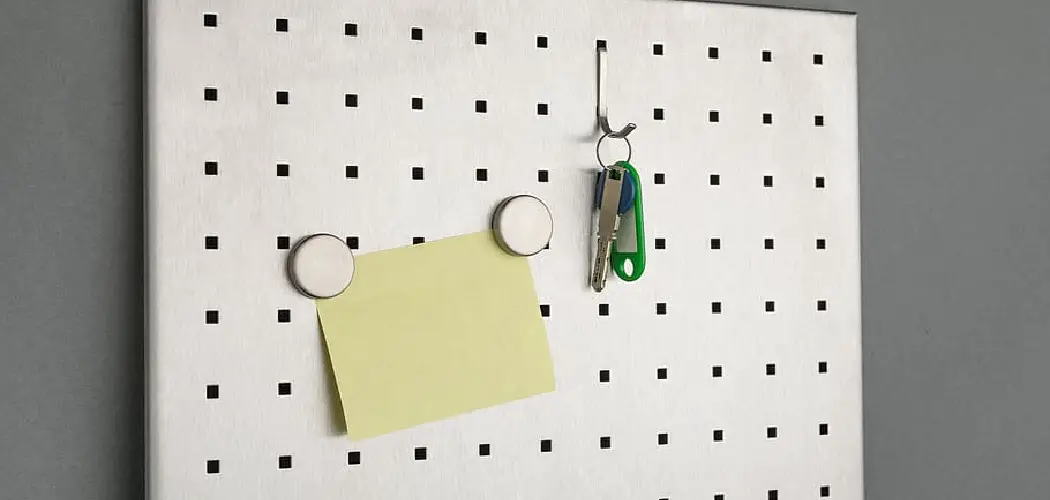Pegboard is a versatile tool for organizing your space. It’s popular for keeping tools, accessories, and other items easily accessible and in sight. The great thing about pegboard is that it is flexible, and you can customize it to fit your aesthetic and storage needs. But what happens when the pegboard sheet is too big for your designated space? Fear not! In this blog post, we’ll show you how to cut pegboard to fit your space and needs.
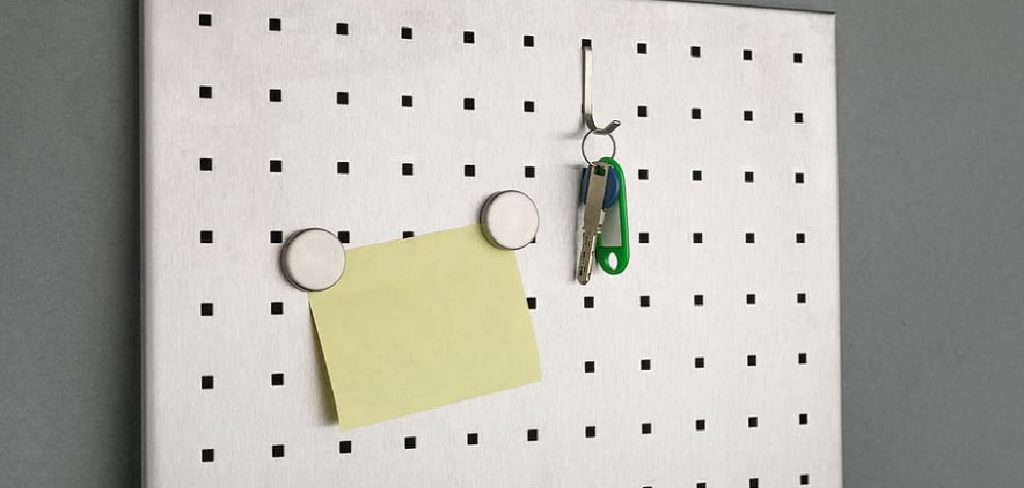
Can You Cut the Pegboard?
Pegboards have become ubiquitous in garages and workshops for their versatility and easy organization of tools. However, the one downside to pegboards may be their size. Many DIY enthusiasts or homeowners may struggle to find space for a full-sized pegboard. But fear not – cutting the pegboard is a viable option!
Cutting a pegboard to size is a straightforward process that involves using a circular saw or jigsaw. Not only will cutting a pegboard allow it to fit perfectly in a space-constrained workshop, but it is also an excuse to get those power tools out and show off your handy skills. Just remember to measure twice and cut once!
Why Should You Cut Pegboard?
Cutting pegboard may seem daunting, but the benefits far outweigh any initial reservations you may have. Not only does cutting pegboard allow you to customize it to fit your specific needs, but it also allows for a neat and organized workspace.
With pegboard, you can easily store and access tools and supplies, keeping your work area clutter-free and efficient. Plus, cutting pegboard can be a fun and creative activity that inspires you to organize your space in a new and inventive way. So don’t be afraid to pick up that saw and start cutting – you won’t regret it!
A Beginner’s Guide on How to Cut Pegboard
1. Measure the Pegboard
Before cutting anything, measure your pegboard sheet and the necessary dimensions. Mark out the measurements on the pegboard’s backside to ensure that the cuts will match the size you need. Remember that the size of the space you plan to put the pegboard in should be considered when taking measurements. Think about how much space you have available and how you plan to mount the pegboard.
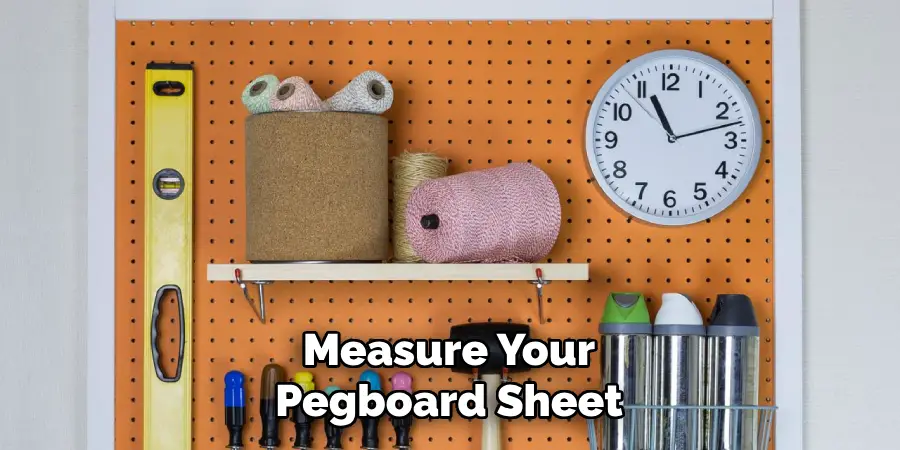
2. Use the Appropriate Tools
To cut the pegboard, you need the right tools. A circular saw, jigsaw, or handsaw can cut the pegboard. Use a blade with a fine-toothed edge to ensure a smooth cut that won’t splinter or tear the wood. Always make sure the blade is sharp before cutting anything. You can rent one from a local hardware store if you don’t have the machinery.
3. Cut the Pegboard
Clamp the pegboard to a stable working surface to prevent it from moving around while cutting. You can also use a piece of scrap wood underneath the pegboard to reduce damage and splinters on the working surface. When using a saw or jigsaw, start on one side of the sheet and cross to the other. Use safety glasses and gloves to protect yourself from flying debris.
4. Smooth the Edges
After cutting the pegboard, use sandpaper to smooth the edges. The pegboard can have sharp edges and splinters, so sanding will help to keep the edges smooth. Rub the sandpaper on all edges of the board, focusing on areas with roughness or bark marks.
This step is essential to avoid injuries when handling the pegboard.
5. Drill Holes if Needed
If you want to hang items on your pegboard, you’ll need holes for the pegs. Using an electric drill, make holes through the board at regular intervals, ensuring that they are evenly spaced and lined up with each other. You can also use a hole punch to create holes in the pegboard. Make sure that the holes are not too big or too small for your pegs.
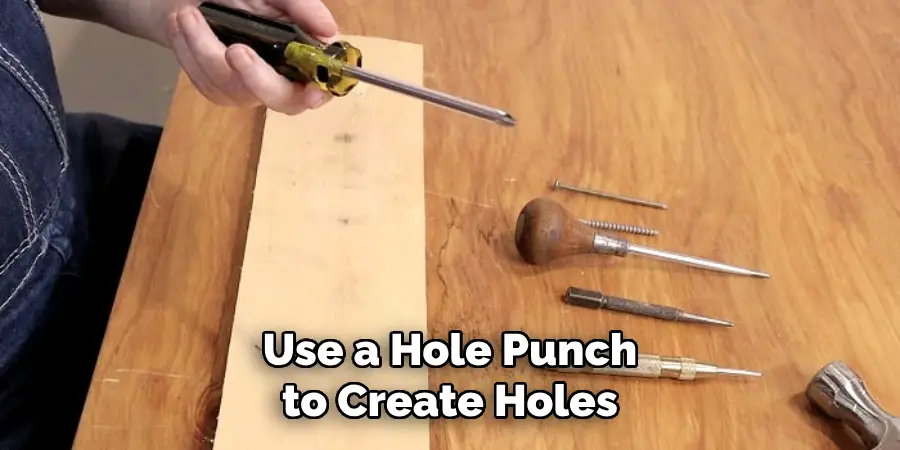
6. Test Fit the Pegboard
Before mounting the pegboard, testing fit it in the designated space is a good idea. This will help you ensure that your measurements are accurate and that everything lines up correctly. You can also use this time to make any necessary adjustments, such as sanding down the edges or cutting more holes for pegs.
7. Mount the Pegboard
Once you’re satisfied with the fit of the pegboard, it’s time to mount it on the wall. Use screws and brackets to secure the pegboard in place, making sure that it is level. You can also use anchors if needed to ensure a sturdy hold. Once mounted, you can start organizing your tools and other items on the pegboard.
Now that you know how to cut pegboard, you can easily customize it to fit any space or project. Whether you need a small piece for hanging kitchen utensils or a larger sheet for your garage workshop, these steps will help you get the perfect size and shape for your needs. With a little practice, cutting pegboard will become a quick and easy task, allowing you to create an organized and functional space in no time. So go ahead and give it a try!
5 Considerations Things When You Need to Cut Pegboard
1. Size of the Pegboard
When selecting a pegboard for your project, it’s important to consider the size of the board. You may need to measure the area where you plan to hang it and buy a board that fits that space. If you plan to cut the board, ensure you have enough extra space around the edges to make any adjustments needed after cutting.
2. Type of Pegboard
The type of pegboard you select is also important when cutting it. Several different types are available, including hardboard, plywood, and plastic-coated boards. Each type has its own characteristics and benefits, so make sure you choose one that is suitable for your project. Hardboards are more durable and will provide a smoother cut than plywood or plastic-coated boards.
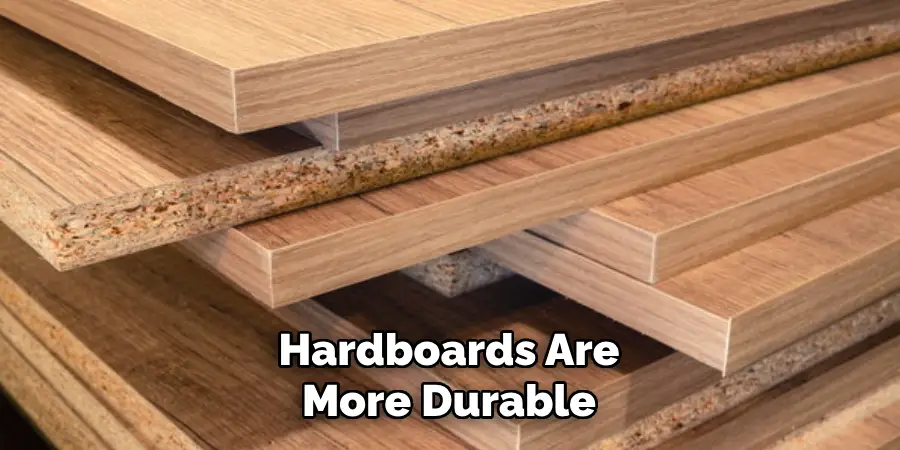
3. Cutting Tool
The tool you use to cut your pegboard is also important when deciding how to cut it. You can use a handsaw or jigsaw for straight cuts, but an oscillating saw, or router would be best suited for the job if you need to make curved cuts. Make sure your tool is sharp and in good condition before attempting any cuts on your pegboard.
4. Safety Gear
Safety should always be paramount when using power tools, so wear appropriate safety gear, such as goggles and gloves, while cutting your pegboard. It’s also important to ensure that there is adequate ventilation in the area where you are working, as sawdust can be hazardous when inhaled in large quantities over time.
5. Measure Twice and Cut Once
Finally, always remember the old adage “measure twice, cut once” when working with any material. Take your time and double-check all measurements before making any cuts on your pegboard, as mistakes can be costly and time-consuming to fix! It’s better to spend a little extra time at the beginning to ensure accuracy rather than having to redo or make adjustments later on. So, take your time and double-check before making any cuts.
Benefits of Cut Pegboard
Using cut pegboard in your home or office can have numerous benefits. With its modular design, cut pegboard allows for endless organizational possibilities. It is perfect for storing and organizing everything from tools and hardware to crafting supplies and office essentials.
By utilizing cut pegboard, you can maximize your vertical storage space, making the most of small or limited areas. Additionally, cut pegboard can be customized to fit any space and every need. It is a simple and effective way to declutter and streamline any workspace. Invest in cut pegboard and experience the organizational benefits firsthand.
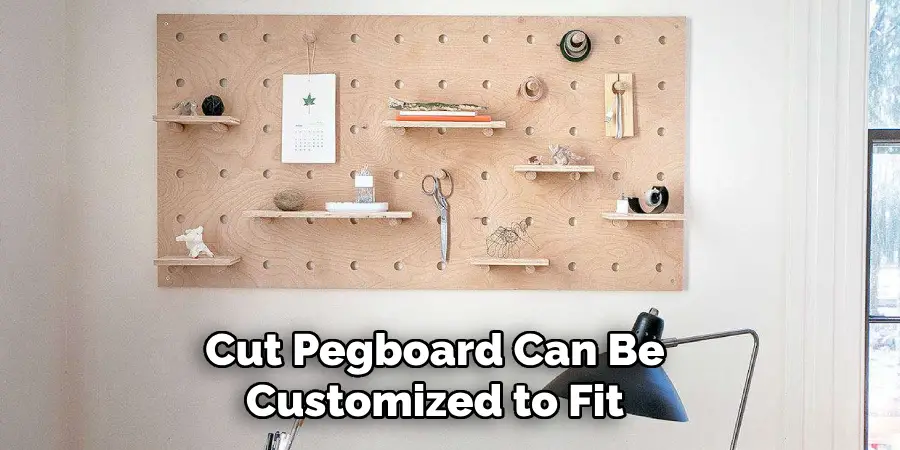
Some Common Mistakes People Make When Trying to Cut Pegboard
When it comes to home improvement projects, cutting pegboards may seem like a straightforward task. However, many people make common mistakes during the process. One of the most common mistakes is using the wrong type of saw blade. Using a blade that is meant for wood or a general-purpose blade can result in a rough and uneven cut.
Another mistake is not measuring properly before cutting. This can lead to too short or too long pieces, resulting in wasted materials and unnecessary frustration. Lastly, not securing the pegboard properly can lead to it moving during the cutting process, resulting in uneven cuts. By avoiding these common mistakes, you can ensure a clean and precise cut when working with pegboard.
Conclusion
Pegboard is a versatile and accessible storage solution for all your tools and accessories. Customizing it to your liking means cutting it to size to fit the space. As shown in this guide, cutting pegboard is a simple process that requires appropriate tools and safety measures.
Take care, shop for the necessary tools, and always prioritize safety while cutting. We hope that this beginner’s guide has been helpful! Thanks for reading our post about how to cut pegboard.

